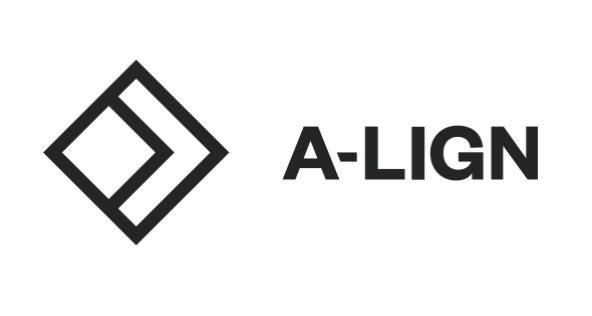Establishing a hybrid work model is not easy — like many things in life, there are lots of ways to fall short — but the past two years have demonstrated that hybrid work can succeed.
So said Tony Bai with A-LIGN, a firm that helps agencies with their cybersecurity and compliance needs. He believes that hybrid models are most effective when they require each employee to spend some time in-office because there are, in fact, interactions that should be in-person.
But as many agencies focus on returning people to the office full-time, they should look at what’s in the best interest of their workforce, Bai said.
The fundamental question is, is the work getting done?
Paradigm shift. “We shouldn’t have to worry about seeing people in chairs and on the phones and doing busy work,” Bai said. “People have to [leave] that old mindset and enter a new one where [you say], ‘Okay, based on my experience estimate, it should take a person X amount of time to complete this project, and I should see this delivered by this date.’ And then let them do that in the remote environment.”
There should be regular check-ins, of course, but supervisors should understand that with hybrid work, projects should be outcomes-based.
“We have to understand that with the change to hybrid, the work paradigms and expectations have to adapt with it,” he said. And the cybersecurity and compliance requirements that A-LIGN helps agencies address become even more important.
Camaraderie. There is one thing that can be difficult to replicate in a hybrid world: informal conversations. Bai said that people need to be more intentional about creating those kinds of interactions, to seek capabilities that allow for watercooler–type discussions — such as video calls and instant messenger platforms with private conversation channels.
Adding memes and emojis to your private-channel notes can help lighten the mood, build camaraderie and clarify your meaning, since written language can seem harsher than intended, Bai commented.
“The biggest obstacle in developing team communications is ensuring that you don’t lose out on those informal discussions that [lead to] ‘aha’ moments when completing tasks,” he said.
Flexibility. Hybrid schedules and virtual training courses help employees balance their priorities, but Bai said that online training does more than provide flexibility. It also gives employees the confidence to ask questions, via chat and Q&A features, when they would be too shy to raise their hands at an in-person event.
He said workers today are unlike previous generations, when people retired after 20 or 30 years at the same agency. Individuals now move often and look for employers who respect that.
“Companies to remain competitive and attract top talent have to cater in some form or fashion, still meeting business requirements and everything, but cater to the expected or wanted perks and benefits of the worker population. And right now, everyone loves hybrid or remote. And you have to be able to offer it,” he said.
This article is an excerpt from GovLoop’s guide “Solving Your Hybrid Workforce Problems.”






Leave a Reply
You must be logged in to post a comment.